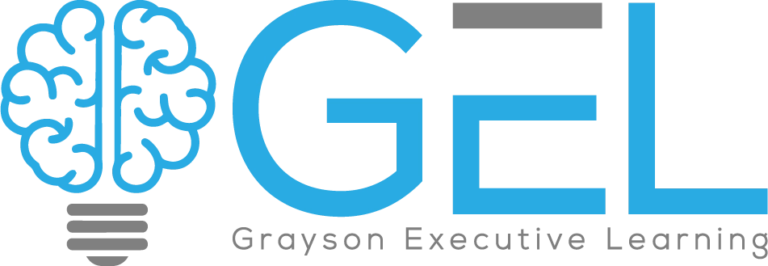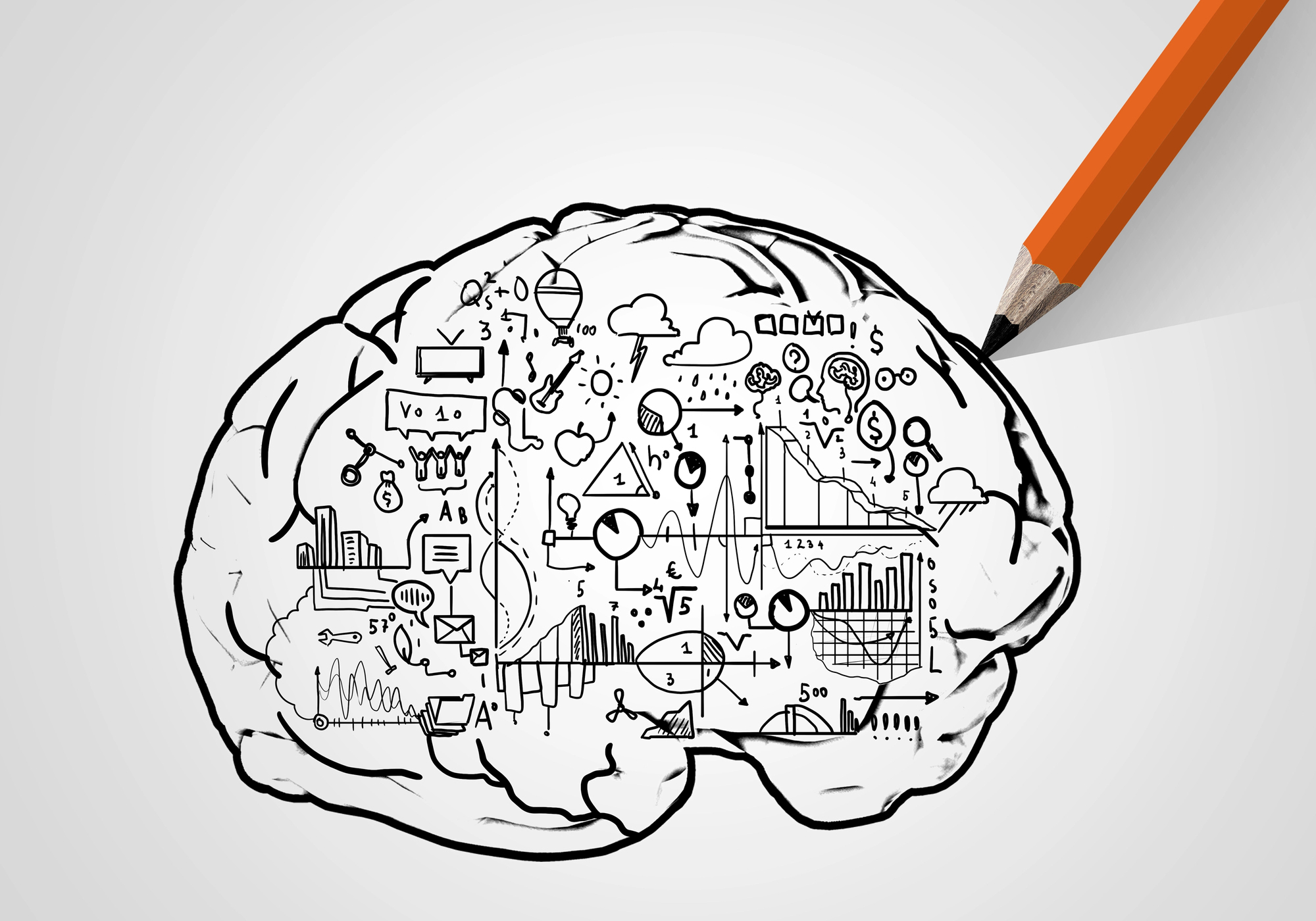Introduction
Neurodiversity is the idea that people’s brains work in different ways. In this article, you will learn more about neurodivergence, what signs to look for in your child, and how to support and advocate for your neurodivergent child.
Understanding Neurodivergence
Neurodivergence refers to how a person’s brain may differ from those around them through the ways they learn, interact, pay attention, or think. It encompasses a wide range of conditions, including autism, attention-deficit/hyperactivity disorder (ADHD), anxiety, dyslexia, dyspraxia, and more. Across social media, the conversation around neurodiversity is becoming more of a celebration. People all over the world have been finding comfort in the neurodiversity communities and resources that have been built online. In turn, more spaces are being created where neurodivergent people can talk freely about their symptoms, experiences, and challenges with others who may also understand how they experience the world around them.
While it is encouraging to see more people discussing their unique differences, it is crucial to move beyond the trend and understand the real implications. Being neurodivergent is how individuals interact and navigate with their world. Recognizing what neurodivergence looks like and who can “be” neurodivergent can help the others become more informed and inclusive.
Signs of Neurodivergence in your Child:
Persistent Challenges with Social Interactions
Autism: Individuals may find social norms confusing and might struggle with non-verbal communication, such as reading facial expressions or understanding sarcasm. They may also prefer schedules, routines, and predictability. They may also find comfort in engaging repetitive behaviors.
ADHD: Those with ADHD may experience impulsivity, hyperactivity, or inattention that can make social interactions challenging. They might interrupt conversations or find it hard to stay focused during conversations or discussions.
Unusual Learning Patterns
Dyslexia: Characterized by difficulties with accurate and/or fluent word recognition, often identified by struggling with reading comprehension or spelling skills. This condition can make reading a frustrating and slow process.
Dyscalculia: Difficulty with numbers and mathematical concepts is a hallmark of dyscalculia, making tasks like budgeting or understanding time challenging.
What are some supports available for neurodivergent individuals?
School is a critical environment where children spend a significant portion of their time. Ensuring that neurodivergent children have the right accommodations to thrive in the classroom should be a top priority for parents and school administrators alike.
Individualized Education Plans (IEPs):
What It Is: An IEP is a personalized plan developed for students with disabilities, including neurodivergent conditions like autism, ADHD, dyslexia, and others.
Accommodations Offered: IEPs outline specific accommodations such as extended time for tests, preferential seating, use of assistive technology, modified assignments, and specialized teaching strategies tailored to the student’s learning style. IEPs also include specialized instruction/goals in the student’s areas of need.
504 Plans
What It Is: A 504 plan provides accommodations to students with disabilities that affect their ability to learn in a general education setting.
Accommodations Offered: Accommodations may include extra time on assignments, breaks during class, modified seating arrangements, access to a quiet space for tests, and use of assistive technology.
Behavioral Supports:
What It Is: Many neurodivergent children benefit from behavioral supports that help manage their behavior and emotions in the classroom.
Accommodations Offered: These may include a behavior intervention plan (BIP), sensory accommodations (like noise-canceling headphones or fidget toys), and strategies for transitioning between activities.
Social and Emotional Learning (SEL) Programs:
What It Is: SEL programs promote skills such as self-awareness, social awareness, and responsible decision-making.
Accommodations Offered: These programs help neurodivergent children develop social skills and emotional regulation through structured lessons and support from educators.
Communication Supports:
What It Is: For children with communication disorders or difficulties, such as those on the autism spectrum, communication supports are vital.
Accommodations Offered: These include alternative communication methods (like picture communication systems or speech-generating devices), clear communication strategies from teachers, and peer buddy systems for social interaction.
How can you advocate for your child in school?
As a parent of a neurodivergent child, you play a crucial role in ensuring your child receives the support and accommodations they need to thrive in school. Advocating for your child can be challenging, but it is essential for their academic success and overall well-being. Children of various school ages will need support that is specifically tailored to the skills and challenges they encounter at each stage of their education.
Elementary Schools:
- Build Relationships with Teachers and Staff:
- Early communication is key. Introduce yourself and your child to their teachers and any relevant staff members at the beginning of the school year.
- Share information about your child’s neurodivergence, including their strengths, challenges, and any specific accommodations or strategies that have been effective in the past.
- Educate Yourself about Rights and Resources:
- Familiarize yourself with local and national laws regarding special education and disability rights.
- Seek out community resources and support groups for parents of neurodivergent children. These resources can provide valuable information and emotional support.
- Monitor Progress and Advocate for Adjustments:
- Stay informed about your child’s academic and social progress. If you notice any challenges or setbacks, communicate with teachers and school counselors promptly.
- Advocate for adjustments or additional support as needed to help your child succeed.
Middle Schools:
- Encourage Self-Advocacy Skills:
- Help your child develop self-advocacy skills by encouraging them to communicate their needs and preferences to teachers and peers.
- Practice role-playing scenarios to help prepare them for advocating for themselves in various situations.
- Collaborate with School Counselors and Support Staff:
- Stay in regular contact with school counselors and support staff who can provide guidance and support for your child.
- Work together to address any academic, social, or emotional challenges your child may face.
- Promote Inclusive Practices:
- Advocate for inclusive classroom practices that promote understanding and acceptance of neurodiversity among teachers and peers.
- Encourage participation in extracurricular activities and clubs that align with your child’s interests and strengths.
High Schools:
- Prepare for Post-Secondary Goals:
- Collaborate with school counselors to develop a transition plan that includes post-secondary education, vocational training, or employment goals.
- Advocate for accommodations and supports that will prepare your child for their chosen path after high school.
- Support Independence and Decision-Making:
- Encourage your child to take an active role in their educational and transition planning.
- Support their decision-making process while providing guidance and advocacy as needed.
- Monitor Graduation Requirements and Credit Progress:
- Stay informed about graduation requirements and ensure your child is on track to meet them.
- Advocate for any necessary accommodations or modifications to ensure your child’s success.
Summary
Understanding neurodivergence is not just about a diagnosis; it is about embracing and valuing different ways of thinking. It includes conditions like autism, ADHD, dyslexia, and more. Online communities have created supportive spaces where neurodivergent people can share their experiences, but it is essential to move beyond trends and foster deeper understanding and inclusivity. For neurodivergent children, schools play a key role, offering supports like
Individualized Education Plans (IEPs), 504 Plans, and behavioral or communication aids. Parents can advocate for their child’s needs by building strong relationships with educators, staying informed about rights, and encouraging self-advocacy at each educational stage.
Dr. Heather Arduengo authored this article and is a licensed psychologist and school psychologist. She earned her Ph.D. in School Psychology with a specialization in School Neuropsychology from Texas Woman’s University. Before pursuing her doctorate, Dr. Arduengo completed her Bachelor’s in Psychology and Master’s in Education at Texas Tech University. Dr. Arduengo specializes in supporting children with unique educational needs, including autism, ADHD, depression, anxiety, and behavioral challenges. Her private practice, P.E.A.R.S., PLLC, is dedicated to helping these students reach their full potential within school settings. Her extensive experience in school psychology allows her to address both the emotional and behavioral issues that impact student success. Outside of her professional work, Dr. Arduengo enjoys spending time with her husband and two daughters. She also loves traveling, trying new foods, baking, and engaging in outdoor activities.
For more information, including contact details, please visit her website at www.pearspllc.com.


